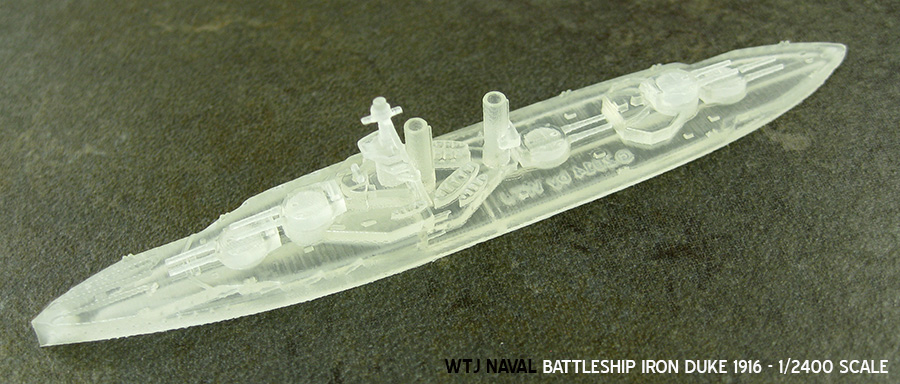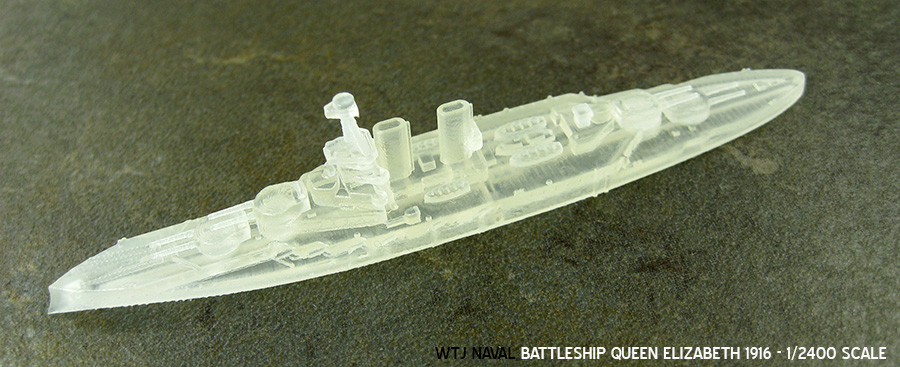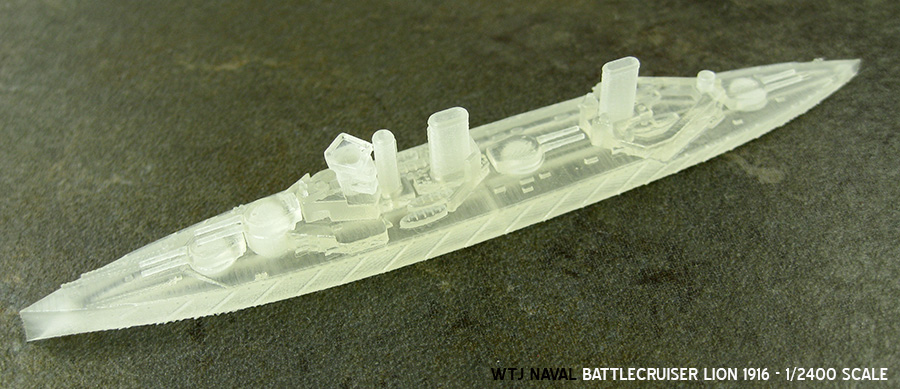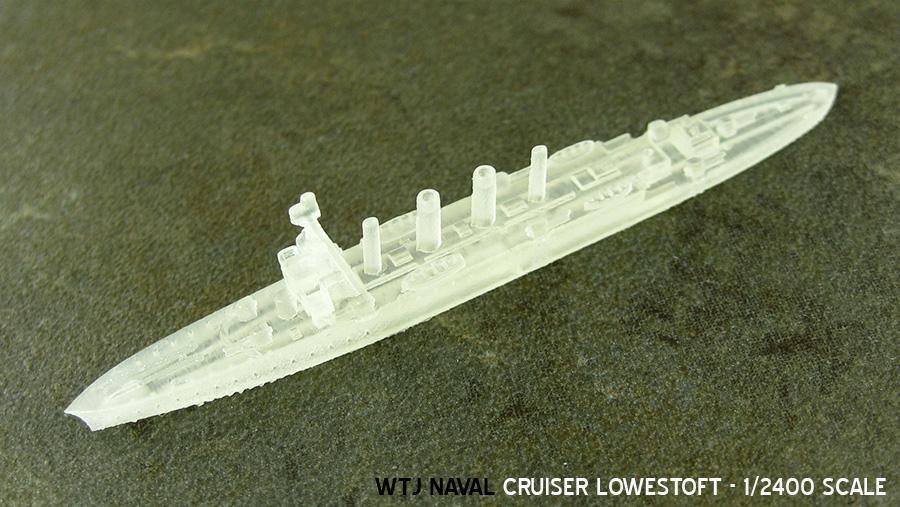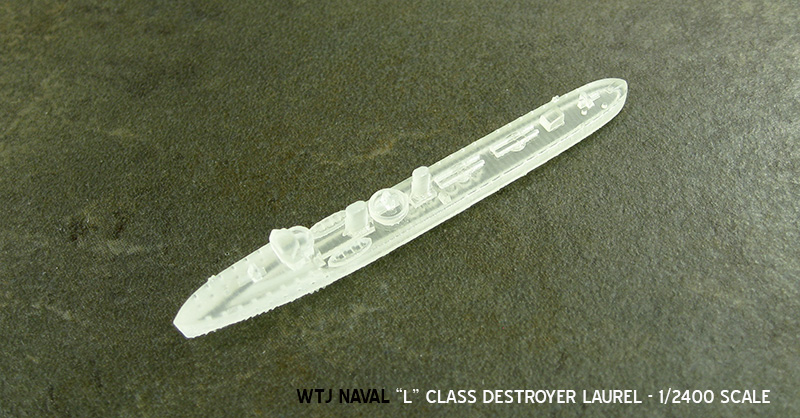"Remember, remember, 13 November, the gunfire, courses and plots.
I know of no reason that so many ships sinking could ever be forgot!
Isaroku Yamamoto did plan that his admirals go forth to sink the Yanks,
But tactical victory did not win them history, and Abe got little thanks.
Three-score barrels and two-score turrets to destroy Henderson Field,
But Scott and Callaghan, sailed against them and were not about to yield!
In Ironbottom Bay they met them this day, 'midst the fire, the salt and the spray.
Marines who watched, saw starshells and shock, and the end of battleship Hiei.
But battles at sea - even in victory - come at a heavy cost.
Two bold admirals and ten fine ships were just a part of the loss.
Three thousand sailors went down in the dark of the Sound, watches no longer to keep.
Iron their hearts, iron their tombs, with their lives in Davy's locker - they sleep."
[with apologies to the Protestant doggerel-mongers of England]
Well, as if the slaughter and mayhem of the First Battle of Savo Island wasn't enough [see previous three-part post], I felt obligated to wrap up WWII naval gaming for a while with the third and fourth battles of Savo Island. The Third was fought this past Saturday, and the Fourth will be fought later this month, DV, as I gear up for the 100th anniversary of WWI with RN and KM fleets in the works.
[stay tuned, as the RN fleet should dock tomorrow!]
Anyway, the Third Battle of Savo Island, aka "the Naval Battle of Guadalcanal", AKA "the Battle of Friday Thirteenth",
A-K-A "the Third Battle of the Solomon Sea" [by the IJN] is as confusing to find on line as it is to figure out its name! It's really only a part of a four-day confrontation that essentially sealed the fate of the Japanese attempt to take back the island. In that sense it was a strategic victory for the USN, but the constant tactical defeats and disasters didn't make it feel like much of a victory. In any event, I'll make it easy for you, just go here to get started:
http://en.wikipedia.org/wiki/Naval_Battle_of_Guadalcanal
This phase of the Guadalcanal naval struggle reminds me of the following image:
which side is the frog and which the crane, I leave to your discretion. In any event, neither side was ready to give up, and neither had enough of an advantage for a full-blown Jutland-size battle, so they kept jabbing at each other trying to get an edge that just didn't happen. The allies were hanging on by the skin of their teeth [and running out of ships and sailors] while the IJN still struggled to appreciate the significance of the battle and the cost they would have to pay to win it.
The event itself was a straight-up fight between to wildly different squadrons: The IJN had two battleships, a light cruiser and eleven destroyers v. two USN cruisers, three light cruisers, and eight destroyers. The IJN had no middle weight, and the USN no heavy weight. As a Naval Problem the game is just great, with only a few weather issues complicating a clean brawl.
Weather - the delight and dismay of sailors since time before history! It inspires the ancient saying that names this blog, and it complicates unto death life at sea in peace or war. On November 13, 1942, it was a very dark night - a new moon. There were also squalls at play in the Slot and potentially anywhere on the battlesea at any moment another one could erupt from nowhere, they being a nightly occurrence in the Solomon Island chain.
NOTE: For ships in space, this would also make an excellent scenario, and we often enjoy paralleling historical naval action into the future, don't we? Reading "Full Thrust", I'd orient the scenario around a star system raid using the detection rules and duplicate the forces with equal points value and the same ship types on each side as in history. For games not using parallel sizes/names, two big ships with a bunch of light escorts and the other side about 60-40 light and medium ships [DDs and CAs] should do it.
For "terrain", I'd put in a moon as Savo Island and a planet for Guadalcanal. There should be a military objective to destroy on the planet much like the Rebel Base on Endor in Star Wars IV. You could use the fighters or not, and if not explain that local conditions only permit launching fighters during certain solar phases, which was how the base remained hidden for so long, etc, more on this later. Perhaps the "squalls" could be solar flares? Asteroid belts? Your call.
For this scenario, I first broke the force down into Divisions of ships. The IJN had Divisions of: 2 Kongo BBs, 1 Nagara CL, 4 Fubuki DDs, 4 Shiratsuyu DDs, and 3 Kagero DDs. The USN had Divisions of: 2 New Orleans CAs, 3 Brooklyn CLs, 2 Benson DDs, 3 Bagley DDs, and 3 Mahan DDs.
While the classes don't all match to history, preparation and formatting led me to run with ships whose diagrams were at hand, rather than the exact class and ship [except for the Kongos of course]. There's so much discrepancy btw the squadrons that a little deviation makes no difference to the scenario's play. In any event, with only four players showing up, I dropped two Divisions of DDs anyway, concentrating on the big ships, and ran with the Kongo, Nagara and 4 Shiratsuyu, all five USN cruisers, and five DDs in divisions of 2 Benson/Gleaves and 3 Bagleys, giving each USN player one division each of cruisers and destroyers.
My goal was to present each side with some historically available choices and forces. This is pretty much my method with all my naval games. The historical decisions are usually limited to 2-3 choices per side. This gives about 6-9 outcomes of the major decisions. The details of formation, command, approach and speed provide additional granularity with many variable outcomes. I could easily run this game exactly as I did it Saturday ten more times with ten different results depending on the players and their choices. Even the same players could easily try a different choice or two that would bring about a totally different game.
The USN was given a scale map of Ironbottom Bay from Savo to Skylark, and tasked with blocking the bombardment of Henderson Field. It didn't matter how many USN ships were lost, just that the IJN BBs were forced to turn back. They also had to decide on course, formation, speed, and command vessel.
from the above Wiki article. green dot is the airfield.
The IJN also had to decide on their approach formation, etc, including a route around Savo Island, and their use [or not] of a handy squall that was heading down the Slot towards Savo and Ironbottom Bay. Also, their approach [and the defenders patrol] had to take into account the critical issue of "land shadow".
In GQ3.3 game terms, this means a 50% penalty if you are trying to Acquire a target that has land within 10,000 yards behind it [100cm / 1 meter - the table was 3 x 2 meters], and a significant penalty if you are trying to Detect them with radar [for the USN - the IJN still thinks those bed springs on the top of the USN masts are for sleeping]. Basically, if either side can get between the enemy and land [with a little maneuver space, of course] they've a big chance to get the drop on the other side by Detecting [USN] or Acquiring [either side] them first. A successful Detection allows the USN to deviate from their pre-plotted patrol movement [but not fire upon the un-Acquired vessels], while Acquisition represents the full ability to target the enemy ship as well as deviate from pre-plotted movement. This can be huge if you get a couple of turns surprise on the enemy fleet, allowing you to unload a ton of torpedoes for example [Savo Island 1, anyone??].
The IJN similarly could lose any number of DDs, but had to exit the board with the two BBs in shape to bombard Henderson Field and without an intact USN squadron at their backs. Yes, this is a recipe for slaughter and mayhem...
Next post: Command Decisions!

























